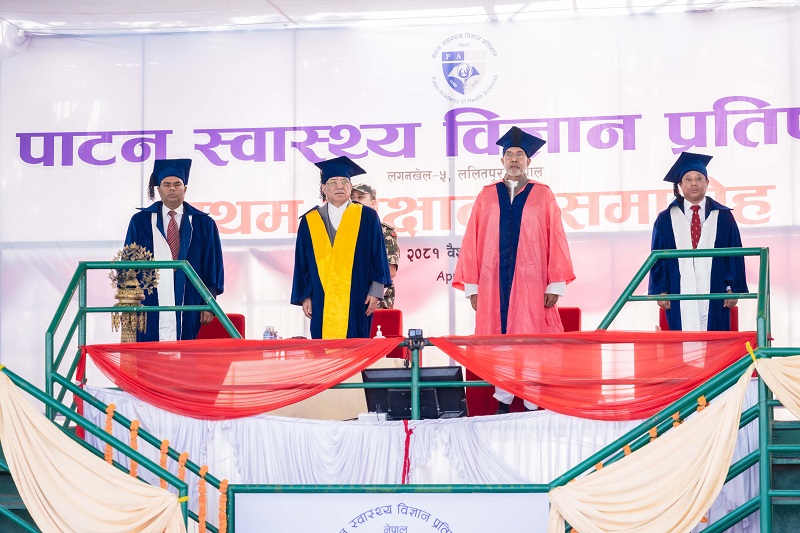NIC ASIA BANK latest victim of cybercrime attacking SWIFT system. Shreedeep Rayamajhi will be delivered the Speech about the Cyber fraud contemporary in Nepal organized by Information Security response Team Nepal and Co-organized by ICT Frame Magazine Pvt. Ltd. Mr. Shreedep Rayamajhi’s abstract and contents are listed below:
Issues of Cyber Securities
- Identity theft
- Banking frauds
- Hacking
- Phishing
- Cyber bullying
- Online threats & intimidation
- Various forms of Online Violence against Women
- Revenge Porn
- Copyrights issues
- Social Media Crisis
- Denial of Service attack
- Child Online Protection
- Lack of Standardization and proper policy
Evolving problems in Bank Sector:
| Ransomware: WANNA CRY -Ransomware Cryptoworm-May 2017 infected more than 230,000 computers in over 150 countries |
| NOTPETYA-NotPetya was intended to be a data-wiping weapon and not traditional ransomware- June 2017 infected at least 2,000 organizations across the globe, including Ukraine, Russia, the U.K., and the United States. |
A major ransomware attack has brought businesses to a close throughout Europe, in an infection reminiscent of last month’s WannaCry attack. The most severe damage is being reported by Ukrainian businesses, with systems compromised at Ukraine’s central bank, state telecom, municipal metro, and Kiev’s Boryspil Airport. Systems were also compromised at Ukraine’s Ukrenego electricity supplier, although a spokesperson said the power supply was unaffected by the attack. The attack has even affected operations at the Chernobyl nuclear power plant, which has switched to manual radiation monitoring as a result of the attack. Infections have also been reported in more isolated devices like point-of-sale terminals and ATMs.
In a lock screen variant of a ransomware attack, the malware may change the victim’s login credentials for a computing device; in a data kidnapping attack, the malware may encrypt files on the infected device, as well as other connected network devices.
- Phishing: Phishing emails come in all shapes and sizes, and unfortunately, no single product will adequately protect your business from phishing attacks. A multi-layered defense against phishing attacks, combining advanced security technologies and educated, phishaware employees, is the only answer.
- Cybersquatting: Often, cybercriminals will purchase and “squat” on website names
that are similar to official websites in the hopes that users go to the wrong site e.g.www.google.com vs. www.g00gle.com.
| According to the Himalayan Times, As many as 560 cases of cybercrime have been registered in the first six months of the current fiscal year, said the Metropolitan Crime Division in Teku.
Date: Feb 2017 |
The reason for Cyber vulnerabilities
- Lack of proper policies and regulation (Cyber Law)
- Capacity building
- Awareness campaign
- Monitoring mechanism
- Lack of critical infrastructure (CERT )
Future Issues - Dark Web
- Cryptocurrency (Bitcoin)
- Smart City and IoT governance
- Big Data
Author: Shreedeep Rayamajhi
He is an ICT4D Consultant working in the field of Internet Governance policy and research. He has written various articles and published reports about Human Rights, FOE, Privacy, security and internet governance and standardization issues in Nepal. He is one of the signatories of the declaration of Nepal Internet Governance Forum. Working with various internet organizations, he was awarded the prestigious Internet Society Ambassador 2014 and 2015. He is also the founder of the Learn Internet Governance program which is working towards building capacity in youth in the Asia Pacific region.
Working with Rayznews, he was involved with developing research papers and documents for facilitating various national and international organizations for internet governance process in the Asia Pacific Region.
Rayamajhi is the Steering committee member of the Internet Rights and Principle Dynamic Coalition and has been contributing towards the formation of various policies at national and international level.
Likewise, he is also a Multistakeholder steering committee member of the Asia Pacific Regional Internet Governance Forum (APrIGF) and has been contributing to the Asia Pacific School of Internet Governance (APSIG). He is also the Committee Member of Research and Development of Federation of Computer Association of Nepal.
Likewise, he was involved with the consultation of WSIS process at as one of the members of the Selection Committee member for the United Nations President of the General Assembly’s informal interactive consultations on World Summit on the Information Society+10. In 2013 Rayamajhi featured in the Center of international media assistance (CIMA) Profiles of Blogging: How do Bloggers around the World Practice their Craft.
Link: https://en.wikipedia.org/wiki/Shreedeep_Rayamajhi











